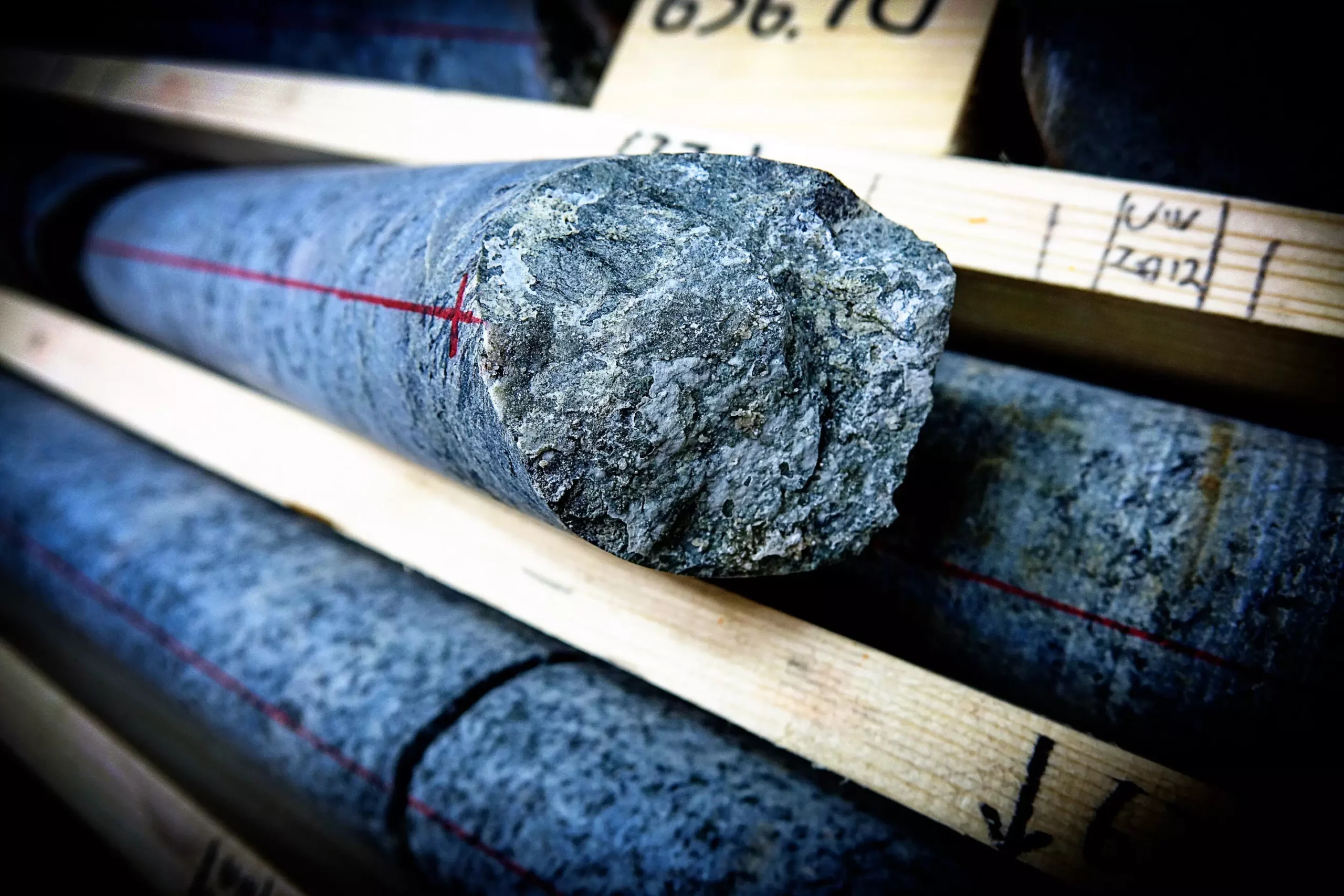Recent geological research has transformed our understanding of life on Earth, revealing that microorganisms inhabited the fractured bedrock of Greenland around 75 million years ago. Published in the journal Geochemistry, Geophysics, Geosystems, this study shines a light on a subsurface habitat—the deep biosphere—where life perseveres in extreme conditions absent of sunlight and dissolved oxygen. This unique environment, while largely unexplored, contains vital clues about the history of life on our planet.
Despite advancements in technology, much remains unknown about the extent and longevity of life beneath the Earth’s surface. Previous studies have metaphorically only “pricked the surface” of this enigmatic realm, emphasizing the need for a more profound investigation. The recent findings from Greenland signify a significant step forward in piecing together the complex web of microbial life that has thrived in isolation for millions of years.
Methodology: Drilling into the Past
In a groundbreaking effort, researchers drilled deep into the bedrock in western Greenland, near the ice sheet, to examine geological formations at depths of several hundred meters. The team unearthed minerals lining fractures in the bedrock, which serve as invaluable geochemical archives, preserving evidence of ancient life. Henrik Drake, an Associate Professor at Linnaeus University and the primary author of the research, elaborated on their methods: “We used high-resolution geochronology of calcium carbonate, examining uranium decay into lead to date the minerals accurately.”
Through this meticulous dating process, they determined that these minerals formed between 64 and 75 million years ago, a timeline that coincides with major tectonic activities during the early formation of the Atlantic Ocean and the Labrador Sea. This correlation implies that as these geological changes occurred, the deep fracture systems in western Greenland were not only opened but also became colonized by diverse microorganisms, including sulfate reducers.
Implications of Geochemical Fingerprints
The discovery of these microbial communities is not merely an academic curiosity—it has profound implications for our understanding of life in extreme environments. The geochemical fingerprints revealed through the analysis suggested that these microorganisms adapted to thrive in an environment where conditions are so harsh that life as we know it seems impossible. Additionally, traces of bacterial fatty acids found preserved within calcium carbonate crystals offer compelling evidence of biological activity in these remote geological settings.
Moreover, the study implies that the movements of tectonic plates significantly influence the colonization patterns and survival of microbial life in subsurface environments. These findings challenge the preconceived notions regarding the resilience and adaptability of life, suggesting that even in the most inhospitable habitats on Earth, microorganisms have found ways to exist and evolve over millions of years.
The revelations from Greenland’s bedrock open new frontiers for both astrobiology and environmental science. Understanding how life endures in extreme conditions not only enriches our knowledge about our planet but also informs our search for extraterrestrial life in similar environments across the cosmos. Ultimately, the research underscores the importance of continued exploration within the deep biosphere, as each new discovery adds depth to our understanding of life on Earth and beyond.


Leave a Reply